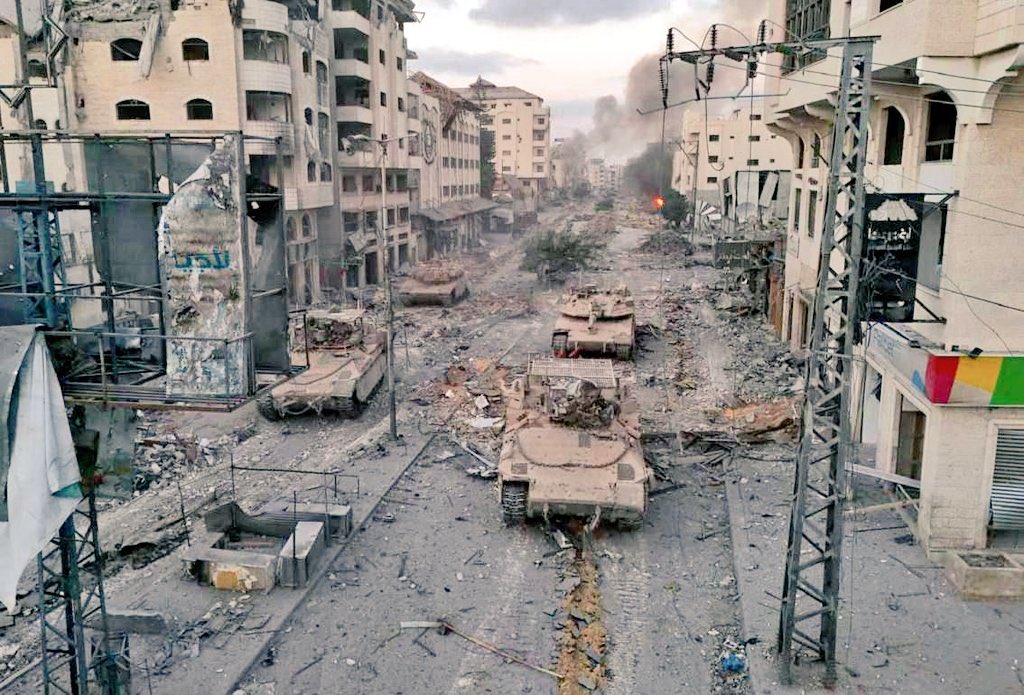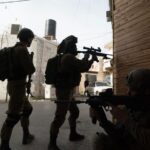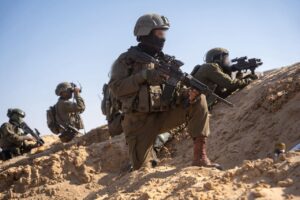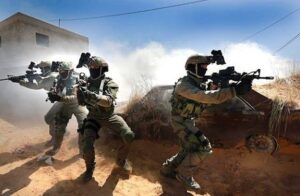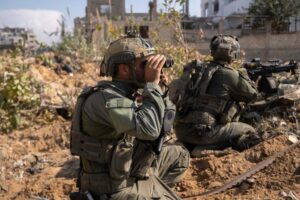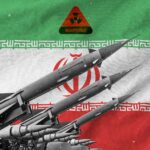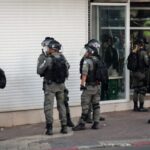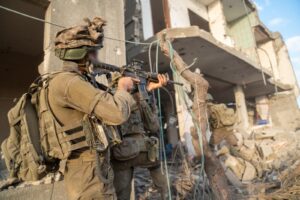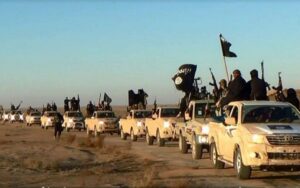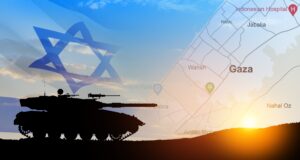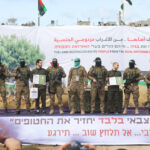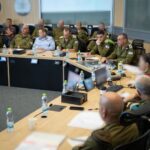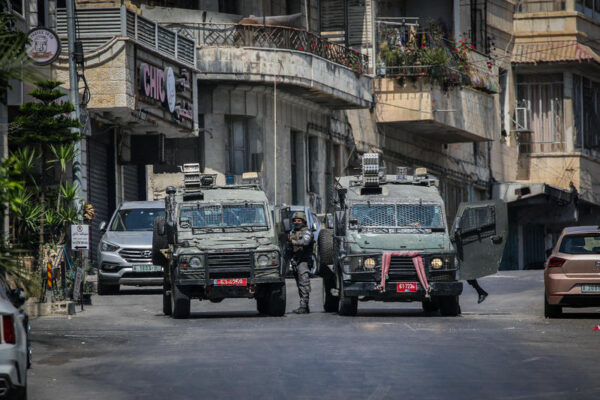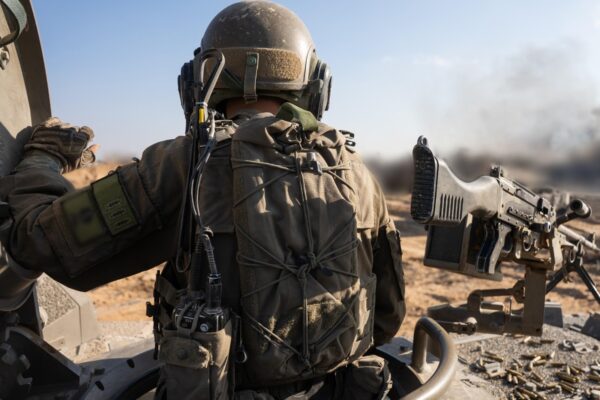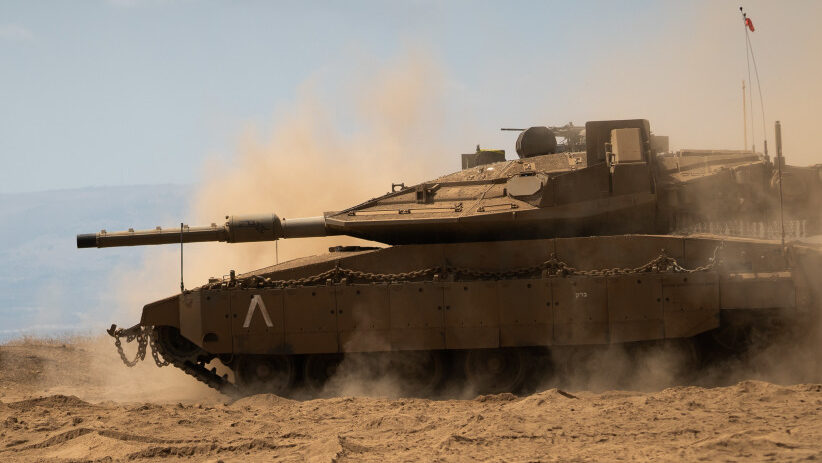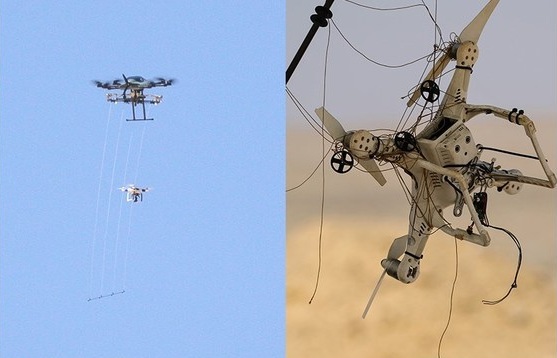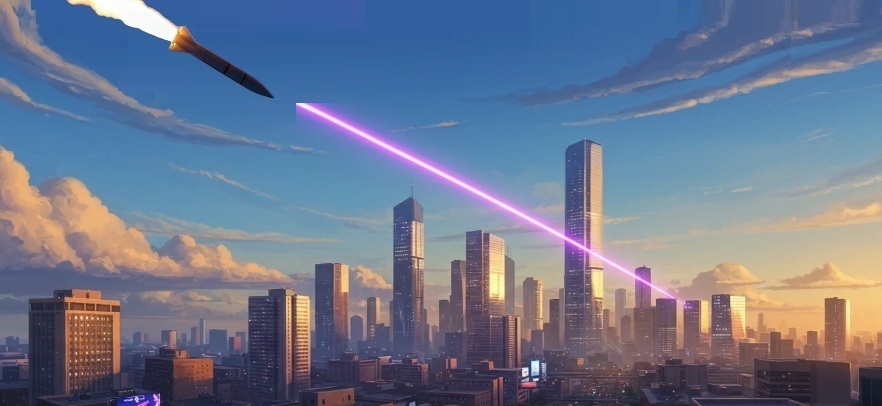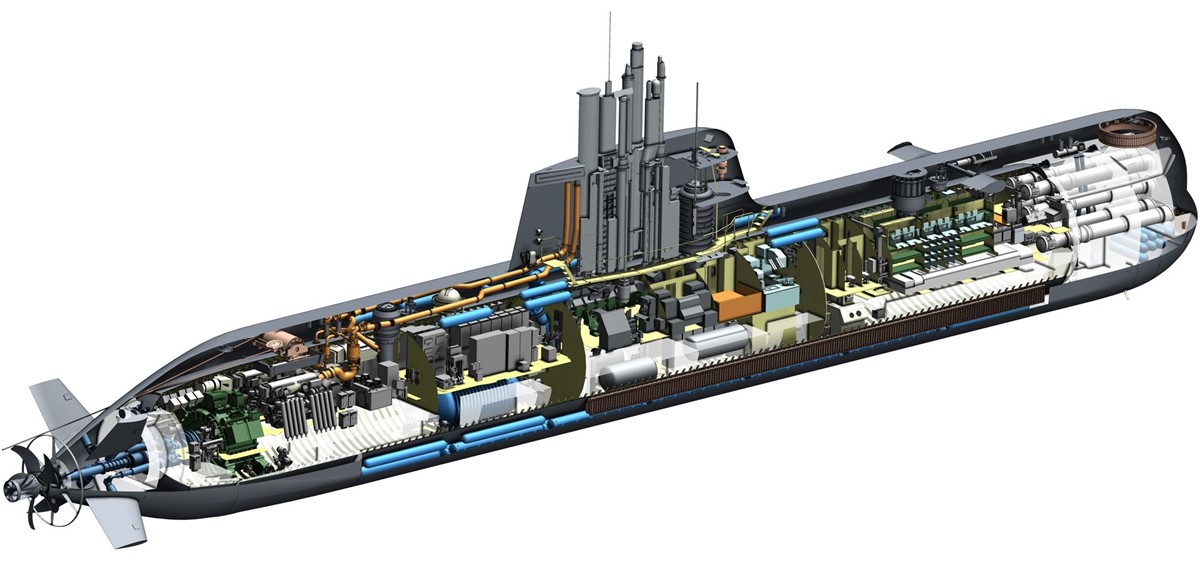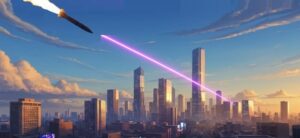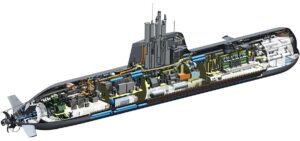To adapt, the IDF invests heavily in innovation.
By Hezy Laing
The IDF operates in the world’s most complex battlefield scenarios, a reality shaped by geography, geopolitics, and the nature of modern asymmetric warfare.
Israel’s small size and strategic location mean that the IDF must be prepared to fight across multiple environments simultaneously.
To the north, Hezbollah in Lebanon maintains an arsenal of more than 150,000 rockets and missiles, many embedded in civilian areas, creating a battlefield where urban combat and missile defense intersect.
In Gaza, Hamas and Islamic Jihad have built vast underground tunnel networks, forcing the IDF to adapt to subterranean and ground warfare simultaneously while facing barrages of short‑range rockets.
In the Judea and Samaria, the IDF contends with low‑intensity conflict, riots, and counter‑terror operations in densely populated cities such as Jenin and Nablus.
Meanwhile, Israel’s southern frontier with Sinai has seen jihadist activity, requiring coordination with Egypt and advanced border surveillance.
Beyond these immediate threats, the IDF must also prepare for cyber warfare and long‑range missile attacks from Iran, which has supplied proxies with precision‑guided munitions.
This multi‑front reality makes Israel’s battlefield one of the most complex globally, blending conventional, guerrilla, and technological dimensions.
To adapt, the IDF invests heavily in innovation.
Units like Unit 8200 lead in cyber defense, while the Air Defense Command operates systems such as Iron Dome, David’s Sling, and the Arrow‑3, which together form a layered shield against rockets and ballistic missiles.
On the ground, the IDF deploys advanced platforms like the Merkava 4 Barak tank, equipped with the Trophy active protection system and AI‑driven command centers.
Special forces units such as Sayeret Matkal and Shayetet 13 train for rapid deployment across diverse terrains, from urban centers to desert landscapes.
To meet the challenges of these diverse environments, the IDF integrates different elements of its force structure into a unified operational approach.
In Gaza, engineering units such as Yahalom specialize in tunnel detection and demolition, while infantry brigades like Golani and Givati conduct urban clearing operations supported by drones and precision airstrikes.
Along the northern border, the Air Force and Air Defense Command coordinate with armored divisions to counter Hezbollah’s rocket barrages, combining Iron Dome interceptors with Merkava 4 Barak tanks and artillery fire.
In Judea and Samaria, intelligence units and special forces such as Duvdevan focus on pinpoint raids in crowded cities, relying on real‑time surveillance from Unit 8200 and unmanned aerial vehicles.
In the cyber domain, elite technology units defend against Iranian and proxy attacks, while naval commandos from Shayetet 13 secure Israel’s maritime frontiers.
This multi‑layered integration of ground, air, sea, and cyber capabilities allows the IDF to adapt flexibly to each battlefield, ensuring that no single environment overwhelms its operational readiness.
In essence, the IDF faces a uniquely complex battlefield that spans urban, subterranean, desert, cyber, and aerial domains.
Its ability to integrate technology, intelligence, and rapid mobilization has allowed Israel to remain resilient in the face of threats unparalleled in scope and diversity.


